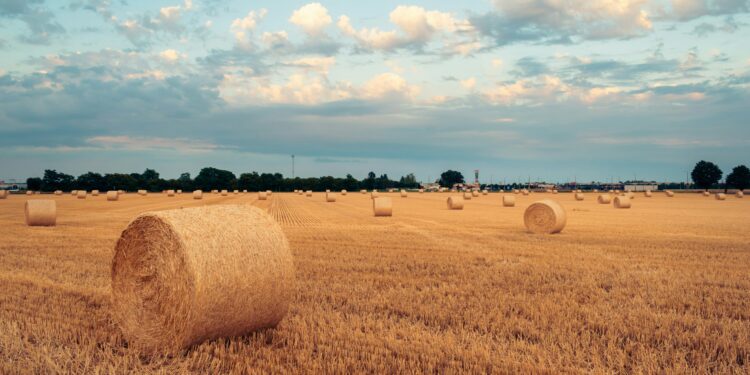El Niño’s aftermath: Southern Africa seeks sustainable solutions
The devastating impact of climate change are felt in most parts of the Southern African Development Community (SADC) with state of disasters already declared in most countries. Due to the drought-induced effects of El Niño, food security has becomes a critical concern for many stakeholders and farmers in Africa.
The Food, Agriculture and Natural Resources Policy Analysis Network (FANRPAN), Human Rights Science Council (HSRC), Agricultural Research Council (ARC), and the National Agricultural Marketing Council (NAMC) have collaborated in seeking solutions to avert a much deeper crisis.
In a report by the Regional Inter-Agency Standing Committee (RIASCO), over 9 000 cattle have died across the region in a record-breaking dry spell lasting over 30 days which devastated eight countries: Angola, Botswana, Madagascar, Malawi, Mozambique, Namibia, Zambia, and Zimbabwe. It had inflicted severe damage on crops and livestock over the past five years.
Experts call for holistic solutions
According to Dr Litha Magingxa, chief executive officer and president of ARC, Southern African countries all share the same concerns about the impacts or implications of adverse weather conditions on the continent’s food systems.
He believes the El Niño and the La Niña crisis were occurring more frequently leading to large-scale environmental damage, to natural resources, as well as erosion and societal cohesion, which is linked to crippling social polarisation.
“This is happening at a time when other negative developments like geopolitical tensions and the interconnected nature of these current and emerging risks threaten to lead to a poly-crisis.
“We need to coordinate a holistic approach to deal with the El Niño crisis. The economic forum report of 2023 states that costs of living dominate global risks in the next two years while climate action failure dominates over the next decade,” Magingxa said.
Need to transform food systems
Senior research specialist at the African Institute Of South Africa (AISA) Dr Rodney Managa revealed findings from a comprehensive food system study, highlighting the specific challenges and opportunities presented by the El Niño crisis in Zambia.
He explained that the major drivers of the agri-food systems within the SADC regions and globally are climate change, conflict, and the Covid-19 pandemic, which ravaged and disrupted many food systems.
“Our ideal frameworks are to transform food systems towards sustainable, equitable resilient, and inclusive agri-food systems, particularly in Africa, but focusing on the Southern African region. We want to reduce poverty, unemployment, and food and nutrition insecurity in rural peri-urban and urban areas for communities,” he said.
Reduction in staple food production
Managa added that almost one-third of produced food is lost and it is a major issue in the Southern African region – it consists of 40% food loss of the entire continent.
Dr Lewis Hove, Food and Agriculture Organisation of the United Nations (FAO) resilience team lead in Southern Africa said the sources of income have been affected and in Zambia, there are a lot of households that gain seasonal income from the sales of agricultural products.
“We need climate-smart agricultural technologies to fight the current climate change, which is driving the El Niño phenomenon that we are currently experiencing and the crisis in the Southern African region.
“We discovered that the most prevalent crops planted in the sub-Saharan region are potatoes and maize, which ultimately means many households have had to experience a reduction in their maize and potato production, which are staple foods,” he said.
Investment in irrigation is key
According to Dr Theo de Jager, board chair member of the Food, Agriculture and Natural Resources Policy Analysis Network (FANRPAN), the region is in trouble because the farmers are in trouble.
“We do not have enough maize this year because of this El Niño drought,” he said.
De Jager explained that farmers in South Africa alone were indebted to about R120 billion in the maize industry. He said farmers have planted but there is not enough to harvest to repay their debts.
“White maize is the most affected and the rest of the world does not produce much of it as we do here in Southern Africa.
“Unfortunately, even the alternative crops that farmers have turned to are also impacted by the drought and more are under irrigation. In South Africa, we have the best infrastructure for irrigation and we produce more or less 25% of our maize under irrigation. It is a certain part that we can still harvest if there is not enough rain,” he said.
De Jager added that the current crisis calls for investments in irrigation infrastructure, and all stakeholders should not wait for the next round of El Niño before action can be taken.
Source: www.foodformzansi.co.za




